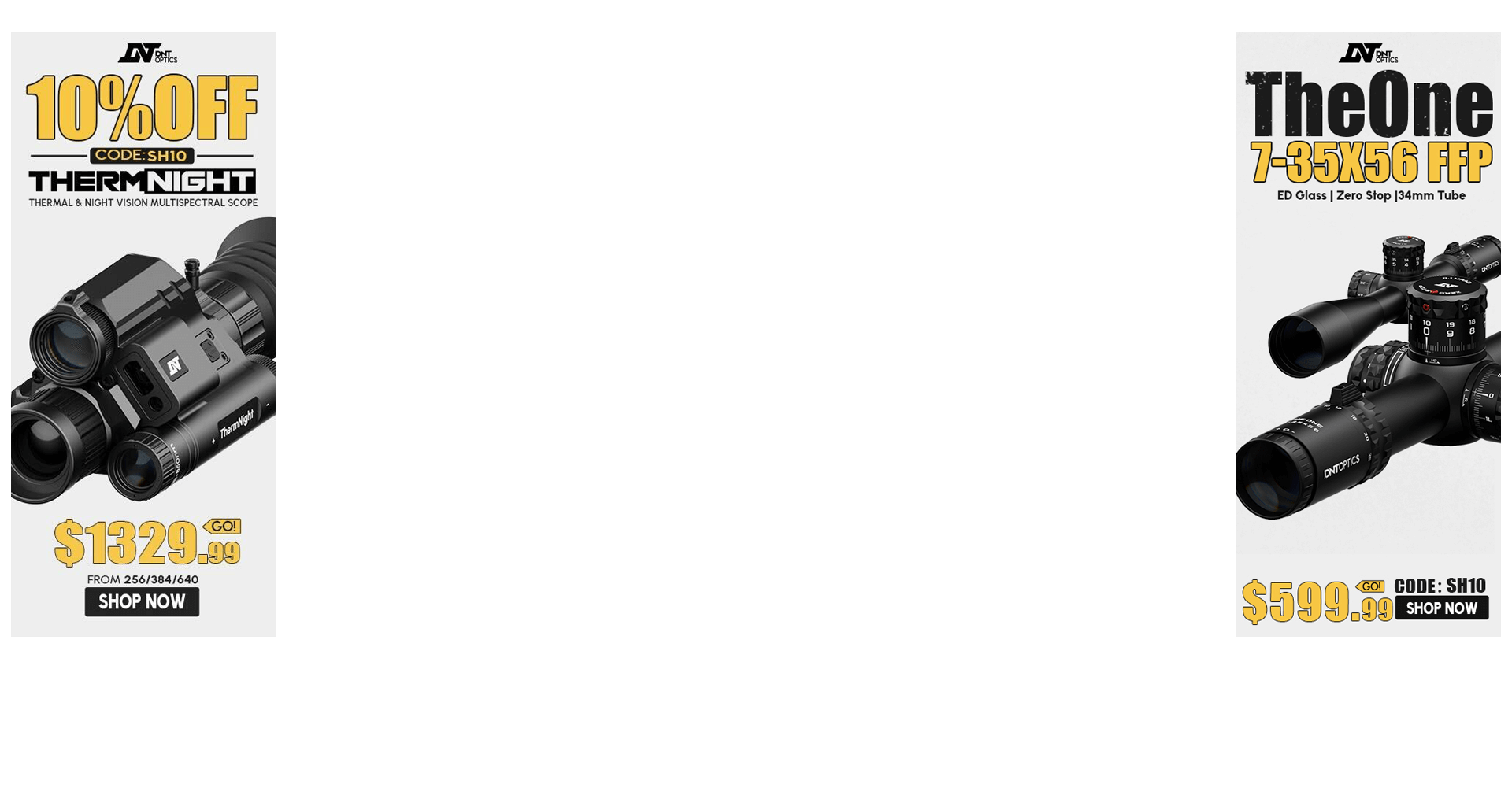Today messing around with some bolt action 223s and 6.5 CM between 500 and 625 yards i found that the consistent accuracy i had at 320 disappeared. Strelock worked sometimes. Id get in the ball park most times. It seems the differential was shoulder pressure.
Shooting a lot of spring airguns I'm used to hold sensitive rifles. I imagine this is similar, that the amount of pressure isn't as important as the consistency.
Am I wrong?
Shooting a lot of spring airguns I'm used to hold sensitive rifles. I imagine this is similar, that the amount of pressure isn't as important as the consistency.
Am I wrong?

